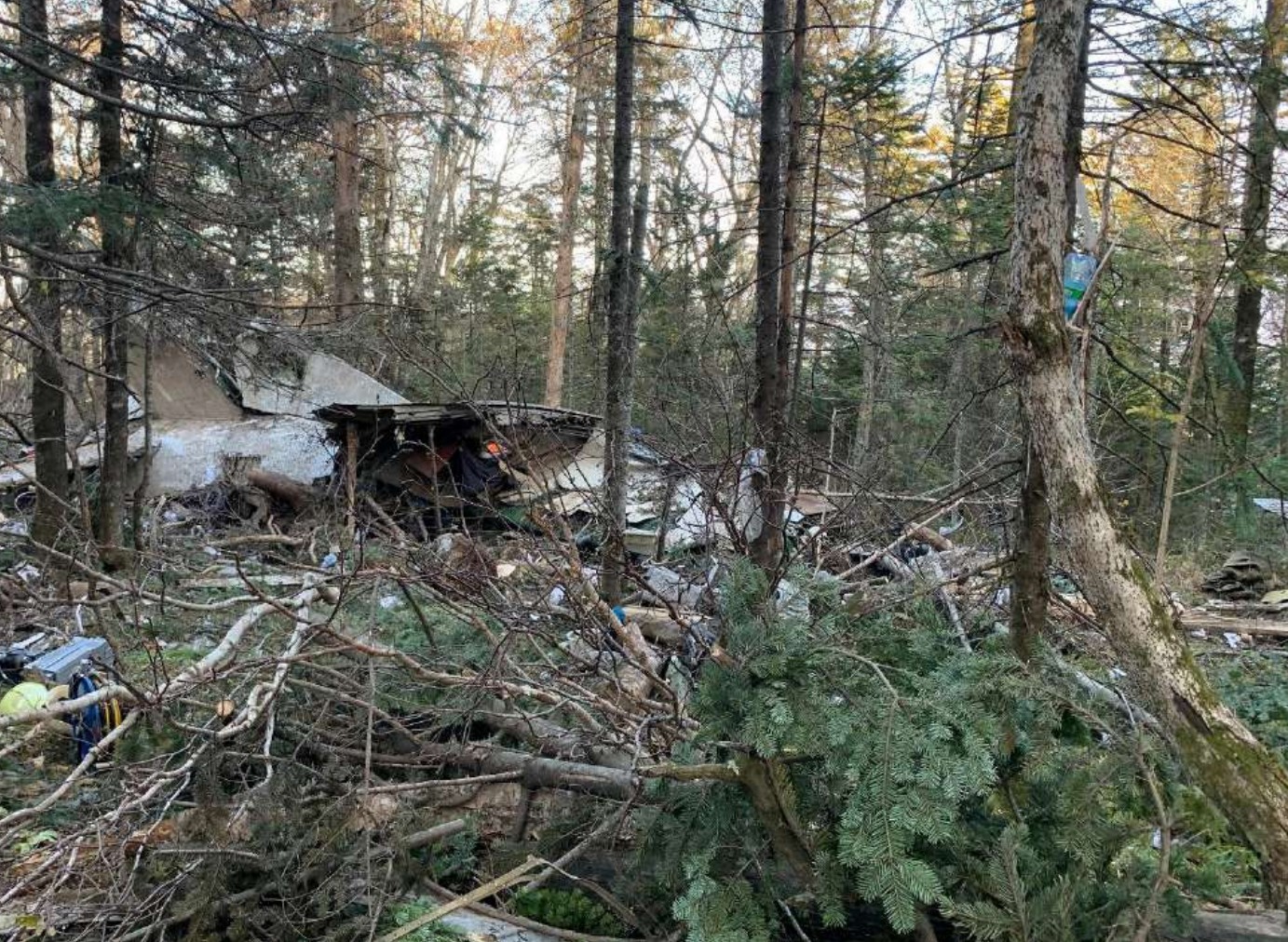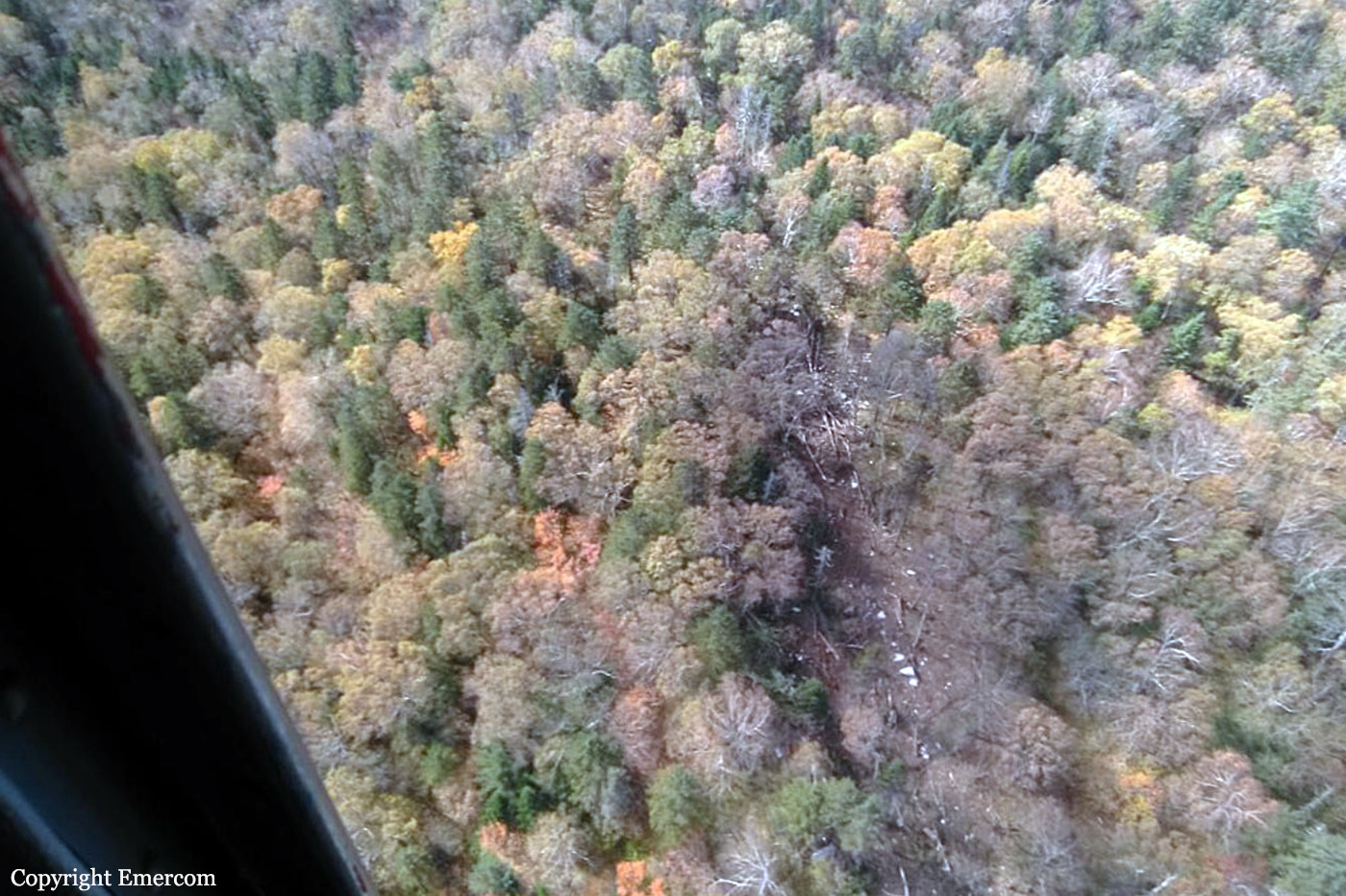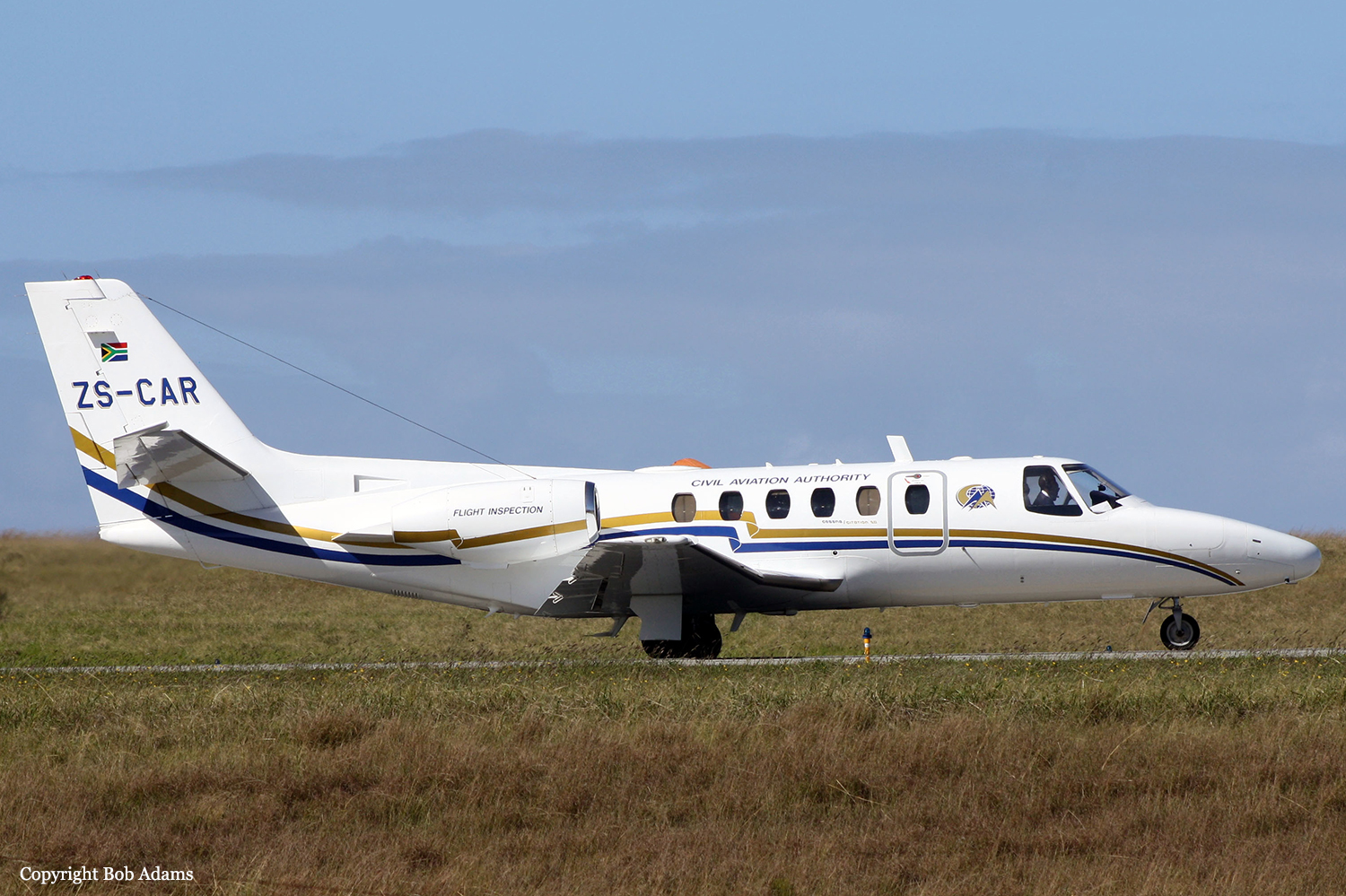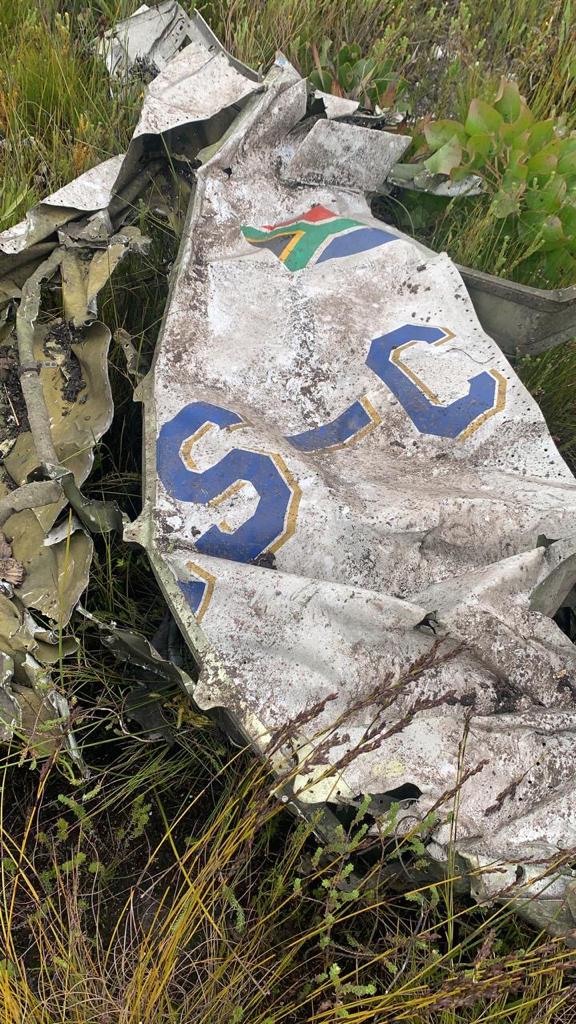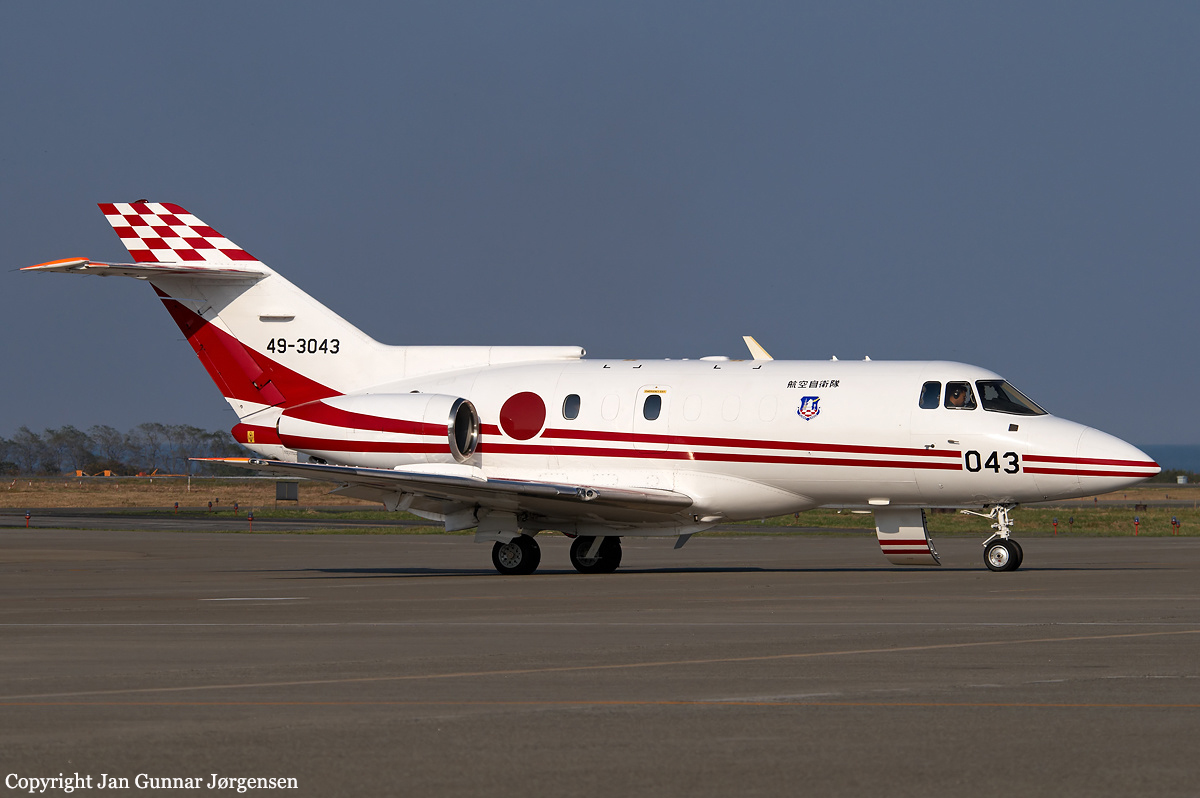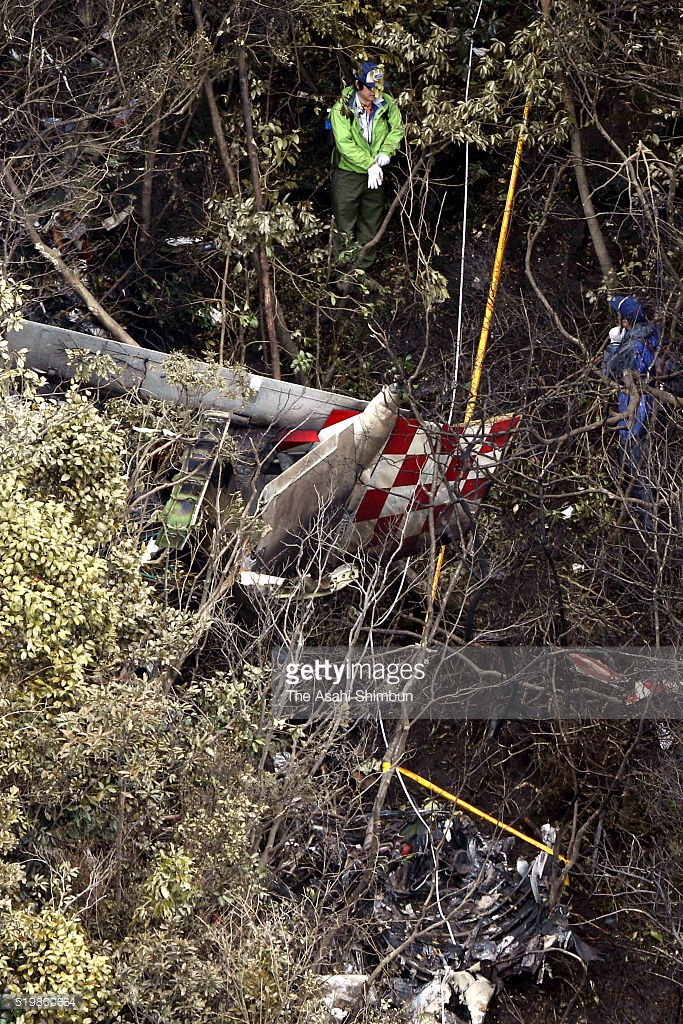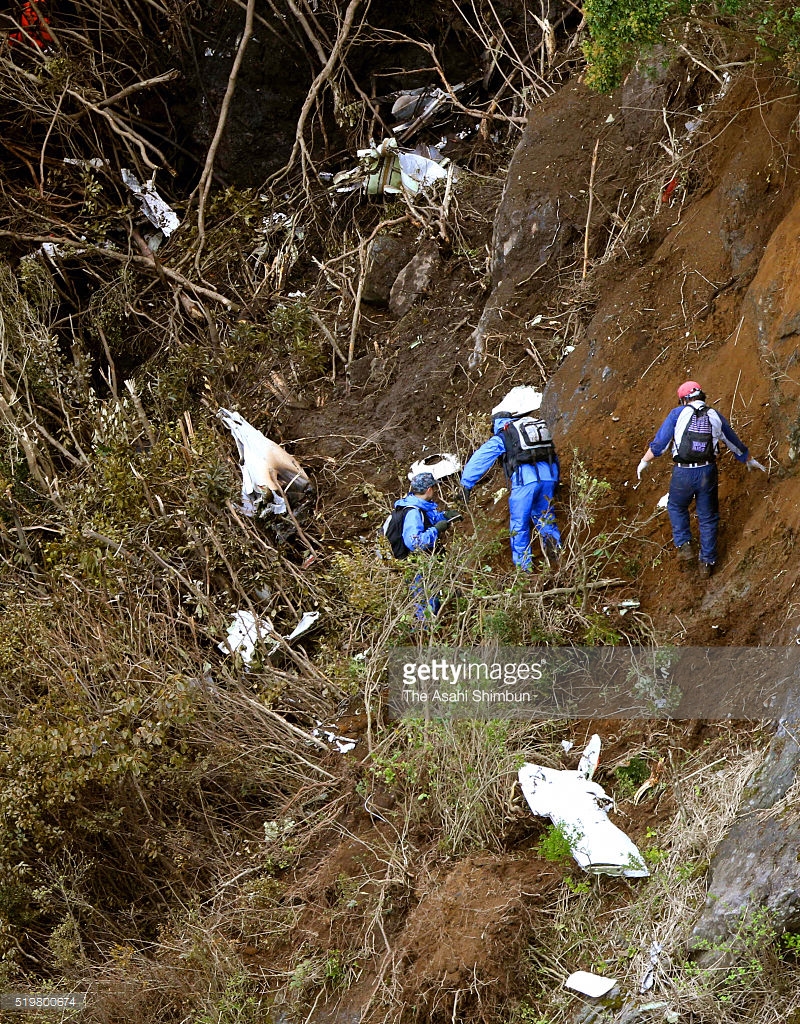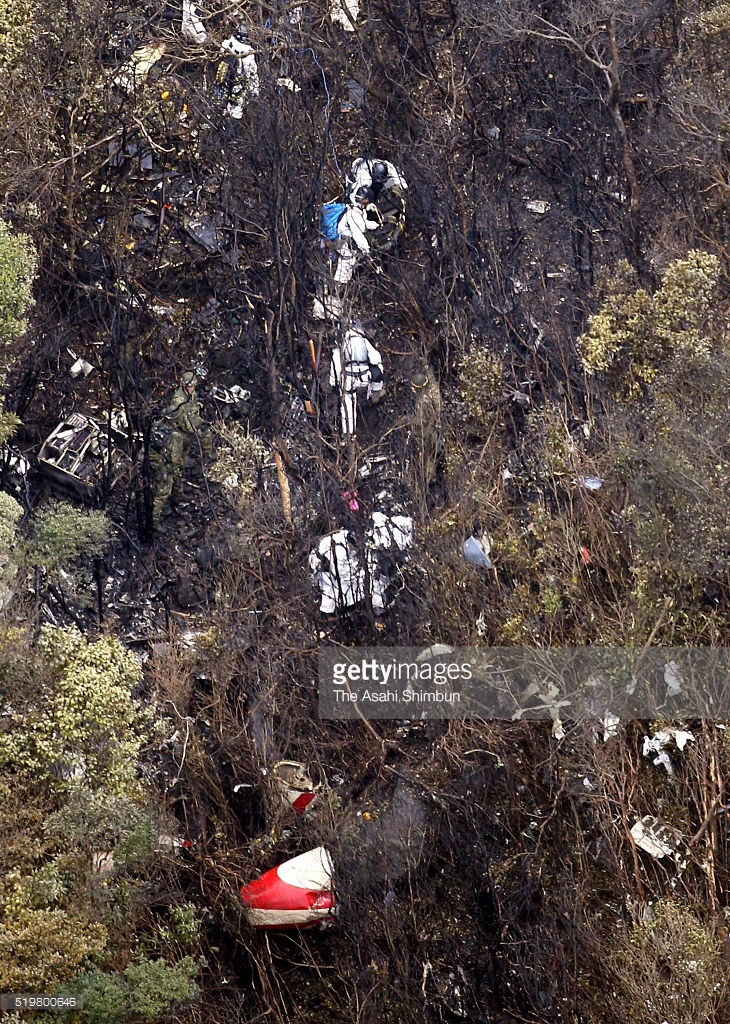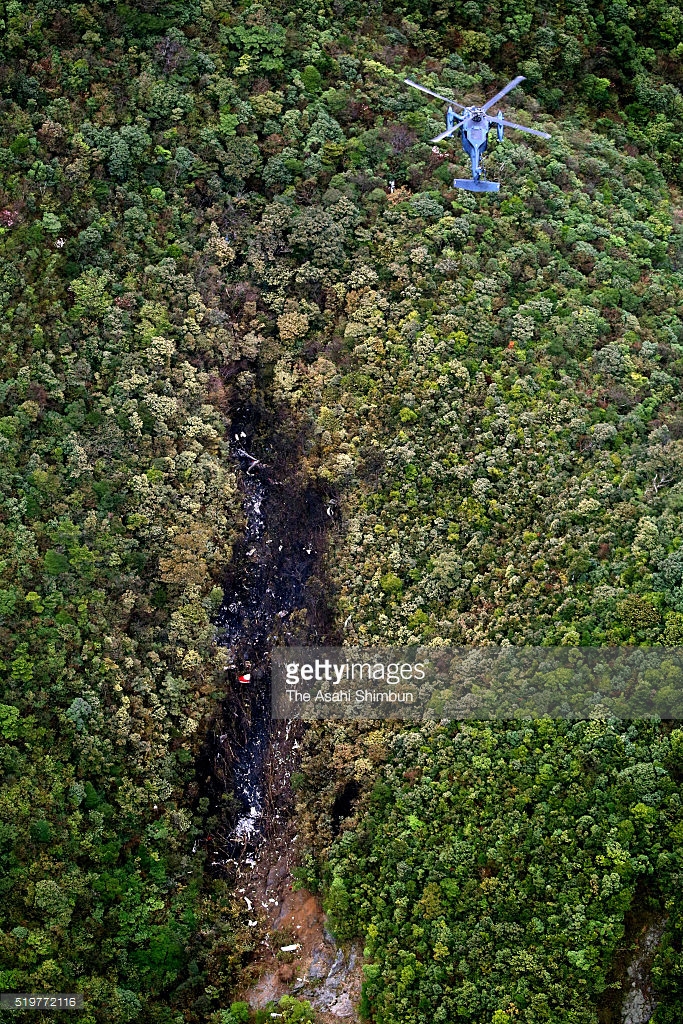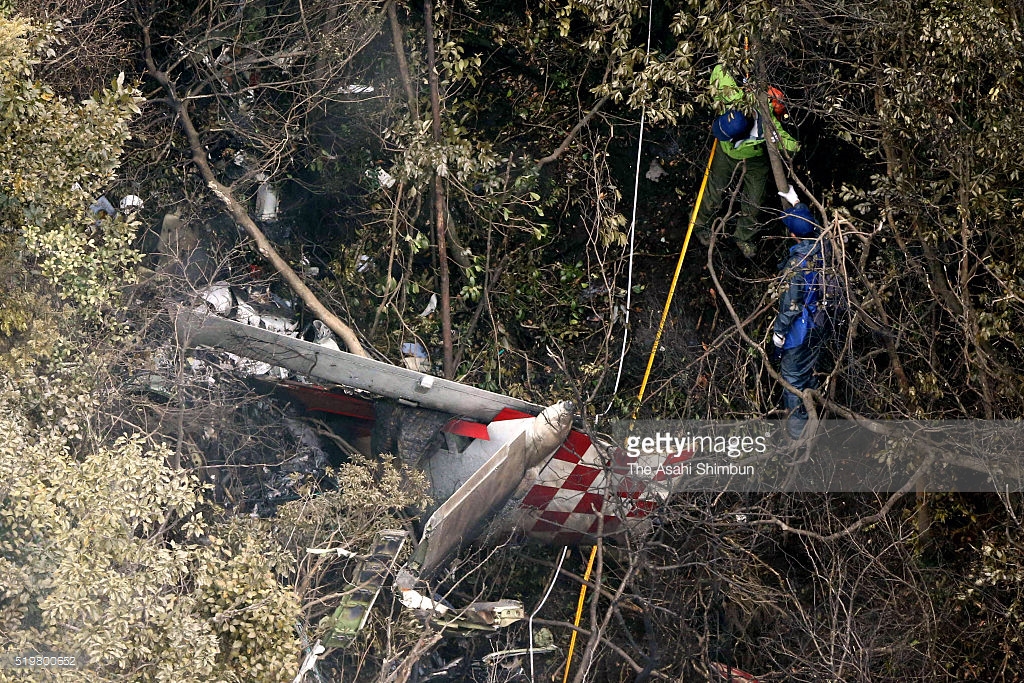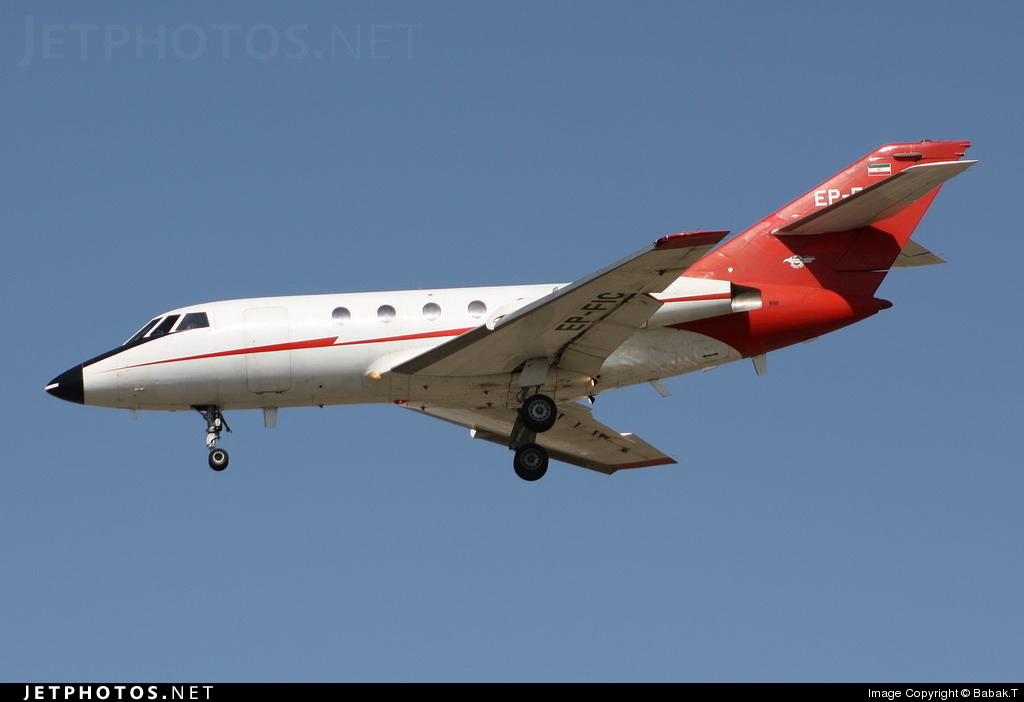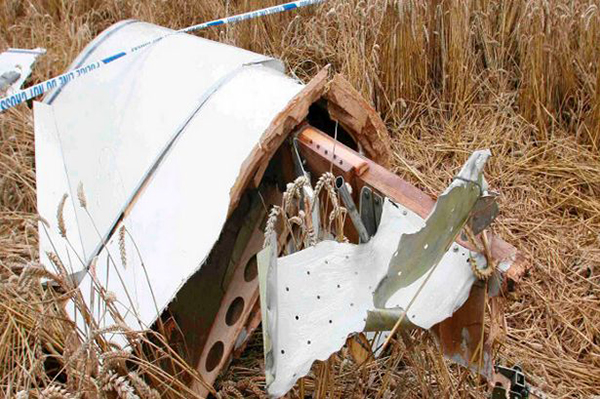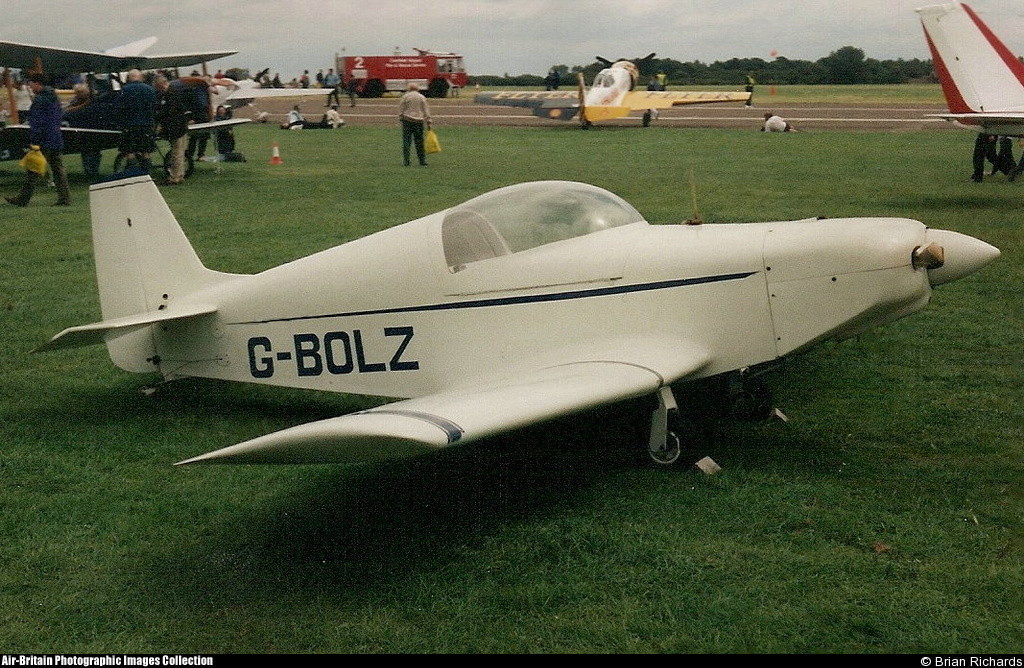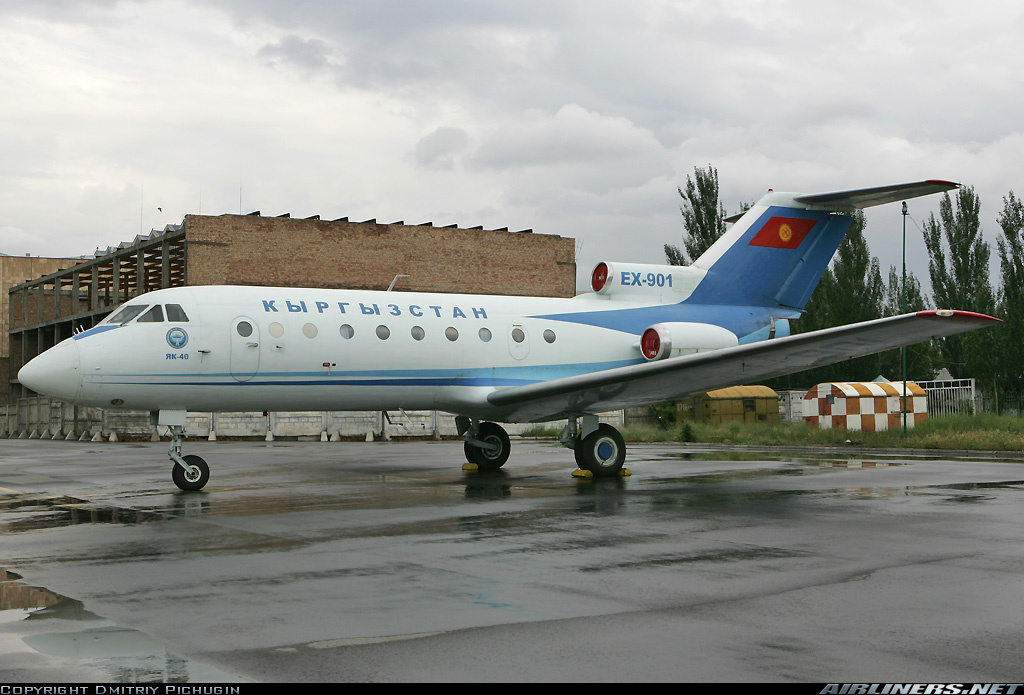Crash of an Antonov AN-26KPA near Khabarovsk: 6 killed
Date & Time:
Sep 22, 2021 at 1811 LT
Registration:
RA-26673
Survivors:
No
Schedule:
Khabarovsk - Khabarovsk
MSN:
84 08
YOM:
1979
Crew on board:
6
Crew fatalities:
Pax on board:
0
Pax fatalities:
Other fatalities:
Total fatalities:
6
Captain / Total hours on type:
3276.00
Copilot / Total hours on type:
390
Aircraft flight hours:
36881
Circumstances:
The airplane was engaged in a calibration mission at Khabarovsk-Novy Airport, carrying six crew members. The goal of the flight was to caliber the ILS system of runway 05R. In the afternoon, the airplane departed Khabarovsk-Novy Airport and completed several circuits over the aerodrome and the area. The crew was instructed to climb away from the airport to an altitude of 600 metres and to turn to follow the reverse approach course. However, the minimum published altitude for that sector up to a distance of 46 km was fixed to 1,200 metres. The crew continued at an altitude of 600 metres with a heading of 220° for few minutes. While initiating a slight climb and while flying at an altitude of 742 metres in poor visibility due to marginal weather conditions, the airplane impacted trees and crashed on the wooded slope of Mt Khrebtovaya (793 metres high) located in the Bolchoï Khekhtsir Mountain Range, some 40 km southwest of Khabarovsk Airport. The aircraft was totally destroyed by impact forces and all six occupants were killed.
Probable cause:
The cause of the accident was that the airplane was flying over the radio beacons of runway 05R of Khabarovsk-Novy) Airport in instrumental meteorological conditions (IMC) at an altitude of 600 metres QFE, which was significantly lower than the established minimum safe altitude of 1,200 metres QFE in the sector where the accident occurred, which led to a collision with the mountain slope and resulted in a controlled flight into terrain (CFIT).
The following contributing factors were identified:
- Lack of current regulatory documents governing the conduct of flight inspections of ground-based flight support equipment, avionics, and civil aviation lighting equipment systems, including for airfields whose topographical features do not allow inspections to be conducted according to standard procedure;
- Unreasonable establishment of a continuous exclusion zone from 0 m to 6000 m by altitude within a radius of 99900 m from KTA for the function of signaling aircraft descent below the minimum safe altitude (MSAW), which excluded issuing a corresponding warning to a DPC dispatcher;
- Absence of the ATC Dispatcher's Work Procedure at the ATC and other documents of the ATC of EU ATS (Khabarovsk):
- procedure for ATC specialists when flying over the aerodrome's RMS;
- procedure for practical training of ATC specialist performing direct ATC under the control of ATC instructor, including their interaction and responsibility for ensuring flight safety.
- Making a decision to combine two sections of trainee navigator training without the necessary risk analysis and risk mitigation measures;
- Insufficient preliminary preparation of the crew for the overflight, including failure to take into account the terrain features (presence of zones with considerable elevation) and geographical features (proximity to the state border) of the airfield, as well as the presence in the crew of a trainee navigator not admitted to independent flights and to this particular type of work;
- Insufficient cooperation between the crew and ATC specialists when preparing and performing the overflight, including coordination by the crew and ATC specialists during the flight of the maneuver with violation of the established minimum safe altitude when performing a flight under instrumental weather conditions;
- Interference of the instructor navigator in the flight procedure (route change) without assessing the relevant risks in the absence of the pilot's control;
- Failure of the trainee navigator to comply with the operating procedures in terms of comprehensive use of aircraft equipment for precise piloting, maintenance of safe altitudes and timely informing the crew about turns, as well as lack of proper control over his actions on the part of the instructor navigator;
- Lack of control over the aircraft flight by the trainee controller and instructor controller at their minimum workload (controlling only the aircraft which had suffered a crash).
- The Operator's Flight Operations Manual lacked standard operating procedures for crew operation regarding the EGPWS Mark VIII system installed on board the aircraft. There were no warnings of this system during the flight. Probably, the system was not activated by the crew prior to the flight, maybe to avoid frequent activation during the flight. Due to the complete destruction of the system as a result of the crash, it was impossible to determine the cause of its failure. A proper use of this system may have prevent the accident.
The following contributing factors were identified:
- Lack of current regulatory documents governing the conduct of flight inspections of ground-based flight support equipment, avionics, and civil aviation lighting equipment systems, including for airfields whose topographical features do not allow inspections to be conducted according to standard procedure;
- Unreasonable establishment of a continuous exclusion zone from 0 m to 6000 m by altitude within a radius of 99900 m from KTA for the function of signaling aircraft descent below the minimum safe altitude (MSAW), which excluded issuing a corresponding warning to a DPC dispatcher;
- Absence of the ATC Dispatcher's Work Procedure at the ATC and other documents of the ATC of EU ATS (Khabarovsk):
- procedure for ATC specialists when flying over the aerodrome's RMS;
- procedure for practical training of ATC specialist performing direct ATC under the control of ATC instructor, including their interaction and responsibility for ensuring flight safety.
- Making a decision to combine two sections of trainee navigator training without the necessary risk analysis and risk mitigation measures;
- Insufficient preliminary preparation of the crew for the overflight, including failure to take into account the terrain features (presence of zones with considerable elevation) and geographical features (proximity to the state border) of the airfield, as well as the presence in the crew of a trainee navigator not admitted to independent flights and to this particular type of work;
- Insufficient cooperation between the crew and ATC specialists when preparing and performing the overflight, including coordination by the crew and ATC specialists during the flight of the maneuver with violation of the established minimum safe altitude when performing a flight under instrumental weather conditions;
- Interference of the instructor navigator in the flight procedure (route change) without assessing the relevant risks in the absence of the pilot's control;
- Failure of the trainee navigator to comply with the operating procedures in terms of comprehensive use of aircraft equipment for precise piloting, maintenance of safe altitudes and timely informing the crew about turns, as well as lack of proper control over his actions on the part of the instructor navigator;
- Lack of control over the aircraft flight by the trainee controller and instructor controller at their minimum workload (controlling only the aircraft which had suffered a crash).
- The Operator's Flight Operations Manual lacked standard operating procedures for crew operation regarding the EGPWS Mark VIII system installed on board the aircraft. There were no warnings of this system during the flight. Probably, the system was not activated by the crew prior to the flight, maybe to avoid frequent activation during the flight. Due to the complete destruction of the system as a result of the crash, it was impossible to determine the cause of its failure. A proper use of this system may have prevent the accident.
Final Report:

